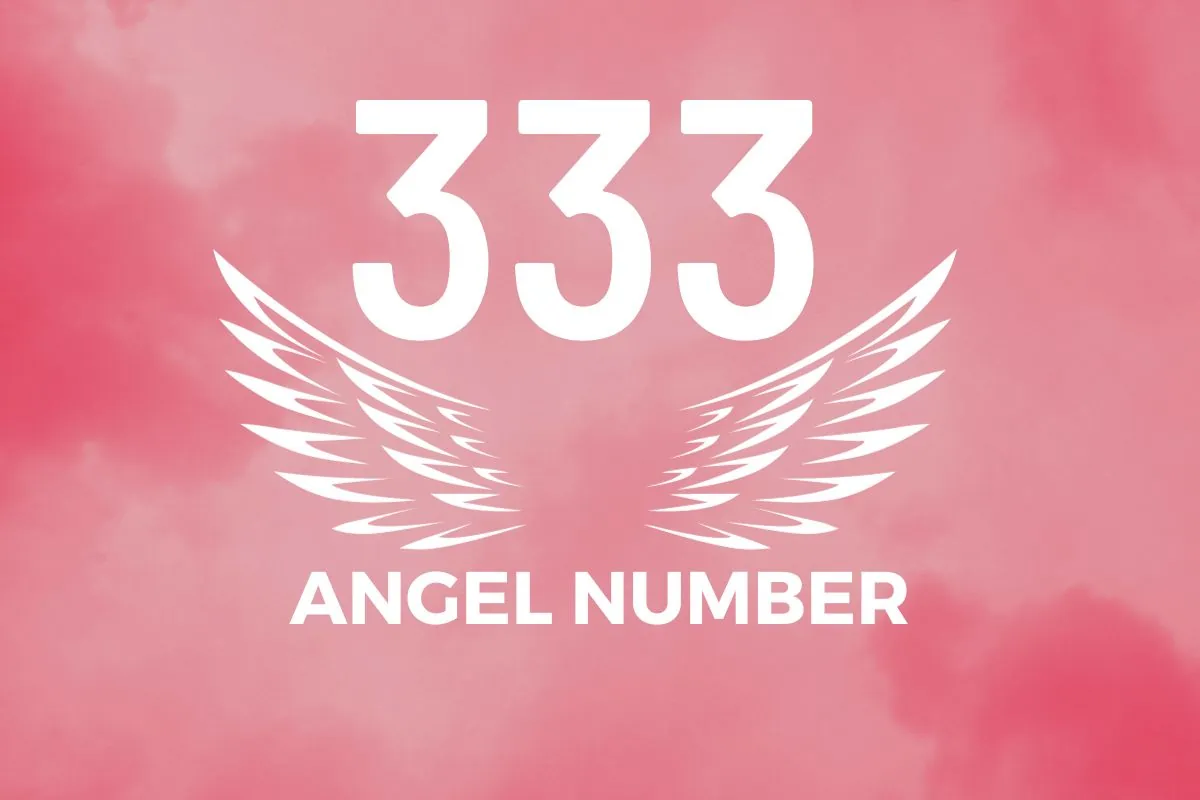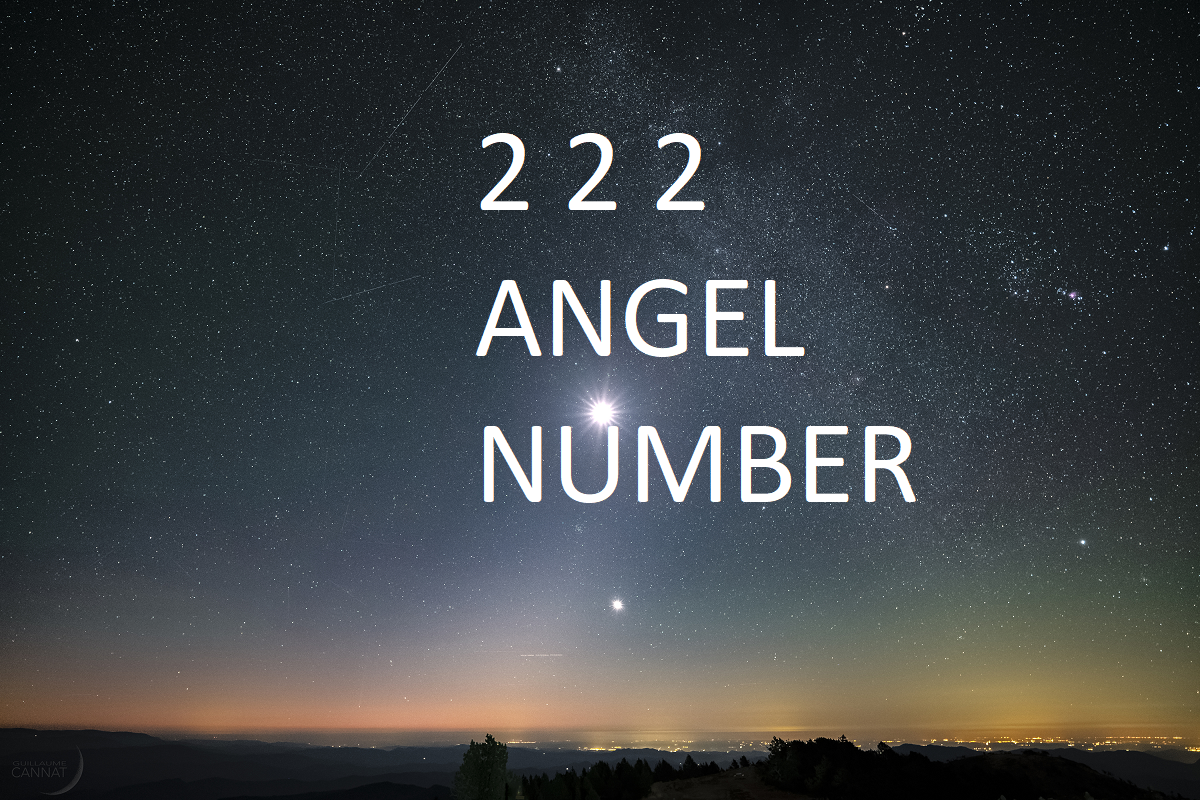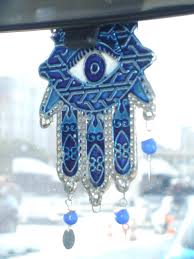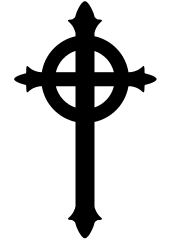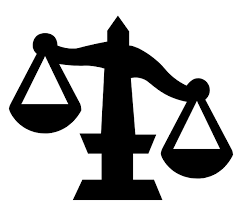
Meditation symbol
| Symbol | Meditation |
| Religion | Various spiritual practices |
| Origin | Origins vary depending on the specific symbol, but many have roots in ancient Eastern traditions. |
| Meaning | Typically represents inner peace, enlightenment, mindfulness, and spiritual growth. |
| Appearance | Often depicted as simple geometric shapes (like circles, triangles, or spirals), religious icons (such as the Buddha or lotus flower), or abstract symbols (like the Om symbol). |
| Colors | Colors can vary widely depending on cultural and religious significance, but common colors include gold, white, blue, and green. |
| Usage | Used during meditation practices to focus the mind, as decorative elements in religious settings, or as personal symbols of spiritual beliefs. |
| History | Meditation symbols have a long history, dating back thousands of years in various cultures. They've been used as tools for spiritual development and enlightenment. |
| Popularity | Widely recognized and utilized globally, especially with the increasing popularity of mindfulness and meditation practices in recent years. |
| Importance | Holds significant importance in many spiritual traditions, serving as a reminder of higher consciousness and inner peace. |
| Complexity | Can range from simple geometric shapes to intricate designs, reflecting the depth and complexity of spiritual teachings associated with meditation. |
| Emotions | Evokes feelings of calmness, serenity, and tranquility, facilitating a deeper connection with oneself and the universe during meditation. |
Meditation Symbols: A Journey Through Inner Peace
While there isn’t one universally recognized “meditation symbol,” various icons and imagery capture the essence of this mindful practice. Let’s explore some of the most prominent:
The Lotus Flower: This beautiful bloom, emerging from muddy water, symbolizes rising above challenges and attaining spiritual enlightenment. Its closed petals represent the inward focus cultivated during meditation.
The Om Symbol: A sacred mantra in Hinduism and Buddhism, “Om” represents the primordial sound of the universe and the interconnectedness of all things. Chanting or visualizing this symbol during meditation promotes focus and inner peace.
The Buddha: The serene image of the Buddha, often depicted in seated meditation, serves as a reminder of self-awareness, compassion, and equanimity. Gazing upon his form can inspire calmness and mindfulness.
The Chakra System: These seven energy centers along the spine, when balanced, are believed to promote physical and spiritual well-being. Focusing on them during meditation can enhance self-awareness and energy flow.
Other evocative symbols: Tranquil landscapes, mandalas, hands in prayer, and even abstract spirals can represent the journey inward and the search for inner peace.
Ultimately, the most powerful meditation symbol is the one that resonates most deeply with you. Choose an image that evokes calmness, focus, and your personal intention for practice. Remember, the true symbol of meditation lies within the stillness and clarity cultivated during your practice.
View rest of the Religious Symbols
-
444 angel number
-
333 angel number
-
222 Angel Number
-
Christianity
-
Catholic Fish
-
Hamsa Hand
-
Jesus Cross
-
Presbyterian
-
Judgement

